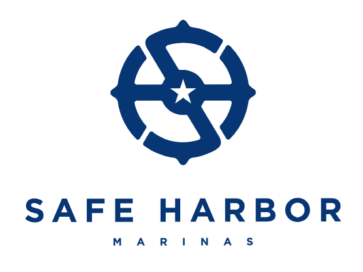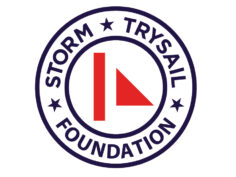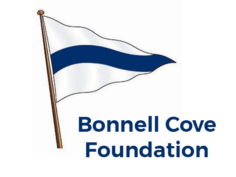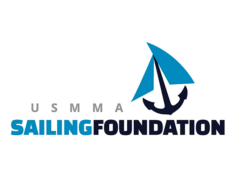The Concept
Clear, direct, simple orders and responses are required. Avoid shouting, except to make oneself heard. Be open to ideas and suggestions. Communication is a two-way street. It is essential that the Leader give clear, simple orders, use standard nautical terminology, and ensure that their message has been received and understood. It is also essential that the Leader listen to those being led, alert for, proactively seeking and being receptive to new information, suggestions, and ideas. Efficiency of language is important and does not come naturally to most. Thinking before issuing orders can also be essential to avoid confusion, differentiating between analyzing alternatives and communicating a decision.

The Findings
“Nearly every accident at sea in both commercial and recreational contexts can in part be attributed to poor crew resource management. By the same token, the ‘quiet boat,’ one in which a crew communicates meaningfully and with ease, is emblematic of success.” – Ed Cesare
Key Best Practices
- Know your audience
- Establish trust
- Be aware of and employ non-verbal communication
- Employ deliberate and skillful delivery and execution
- Be clear, succinct, specific
- Be conscious of tone; listen actively
- Speak the person’s name before giving the command to make sure they pay attention to what you are saying. (“Bob, trim the jib an inch,” rather than “Trim the jib an inch, Bob.”)
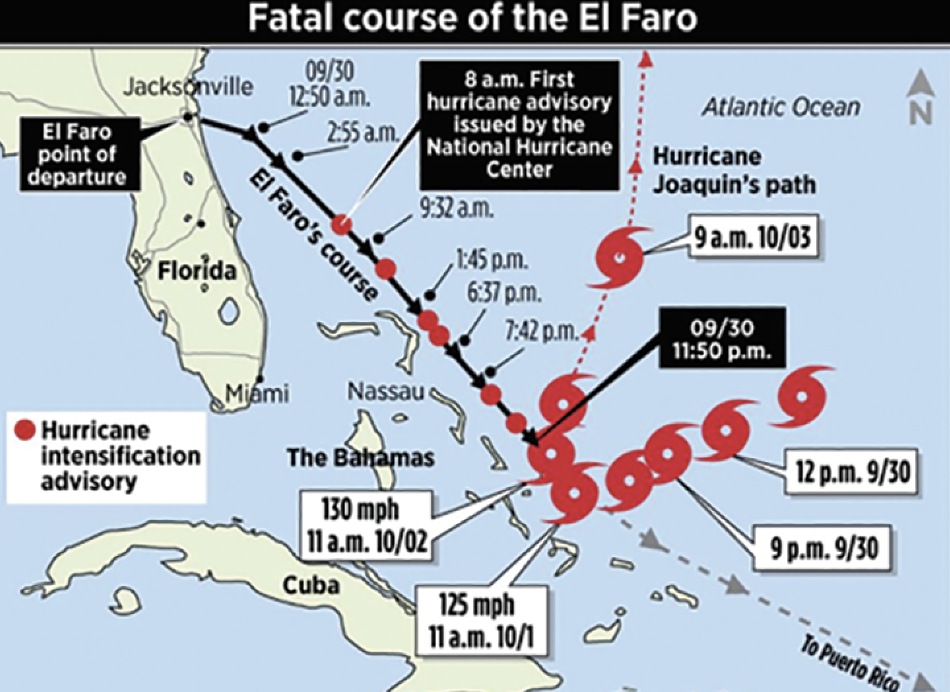

Significant factor was lack of open communication between Captain and officers
Things to Avoid
Committing Sender Errors. A response of “What do you mean?” is a good indicator that the receiver has missed the sender’s message. There are a variety of reasons why this occurs. The most frequently encountered problems are:
- Not establishing a frame of reference. If the receiver is not on the same page as you, miscommunication occurs.
- Omission of information. The sender leaves out pertinent details that affect a receiver’s ability to comprehend what is being said. “Pull that line” leaves quite a few unanswered questions. “Stand by on the staysail sheet and trim it when the sail is hoisted,” gives the receiver more direction and mission definition.
- Providing biased or weighted information. Inserting the sender’s opinion when providing information.
- Assuming messages only depend on words. The sender underestimates the power and importance of tone and body language.
- Not willing to repeat information. We normally talk at about 125 words/minute and think at 500 -1,000 words/ minute. Senders who only say something once run a very high risk of failure.
Committing Receiver Errors. A receiver can also make mistakes that interrupt the communication chain (remember, to err is human). Receiver errors generally fall into six categories.
- Listening with a preconceived notion. The receiver already has his/her mind made up before the sender can formulate a thought.
- Poor preparation. Receiving messages is more than just allowing the words to pass through your ears. Receiving a message is a conscious process.
- Thinking ahead of the sender. Extrapolating the sender’s thoughts, putting words into someone’s mouth, finishing sentences for a sender, formulating a response before the sender finishes (the trigger phrase here is “Hear me out,” from the sender) are all examples of thinking ahead of the sender.
- Missing the non-verbal signals. Overlooking body language and facial expressions can be crippling when it comes to interpreting communications.
- Not asking for clarification. Failing to employ the old standby, “So what you are saying is,” can be the death of good communication.
- Disrespectful communication. Want to slam the door shut on a message? Respond with an insult, demeaning/degrading remark.
Recommended changes to improve Safety-at-Sea training and education
- Develop and include a SAS seminar segment on communication.
- Train on the importance of clear goal-setting and pre-briefs, and when pre-briefs are relevant.
- Train on the importance of post voyage/race/event/maneuver debriefs
Panel Watch Bill (Group Members)
- Ed Cesare - Facilitator, STC, NYYC, RORC
- Erica Lush - Scribe,STC, Oakcliff Sailing Center
- Betsy Alison - US Sailing, 5-time Rolex Yachtswoman-of-the-Year
- Frank Bohlen - STC, CCA, Bonnell Cove Foundation
- Chris Gasiorek - STC, Mystic Seaport
- Jack Gierhart - Past-CEO US Sailing
- Chuck Hawley - US Sailing
- Gary Jobson - STC, NYYC, CCA
- Ann Myer - STC
- Ray Redniss - STC, SYC
- Jon Wright - STC, USNA, CCA
Breakout Session Outputs:

